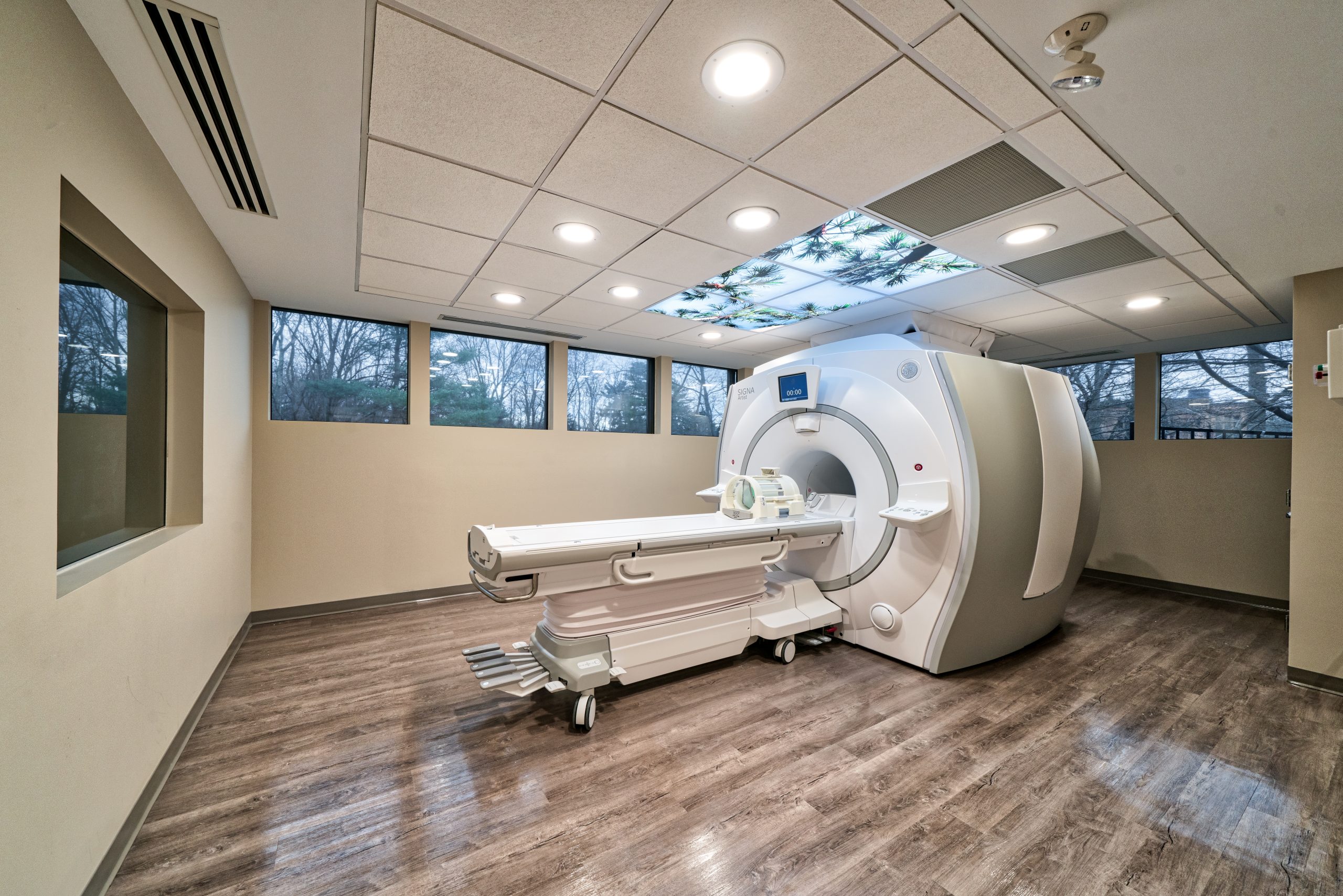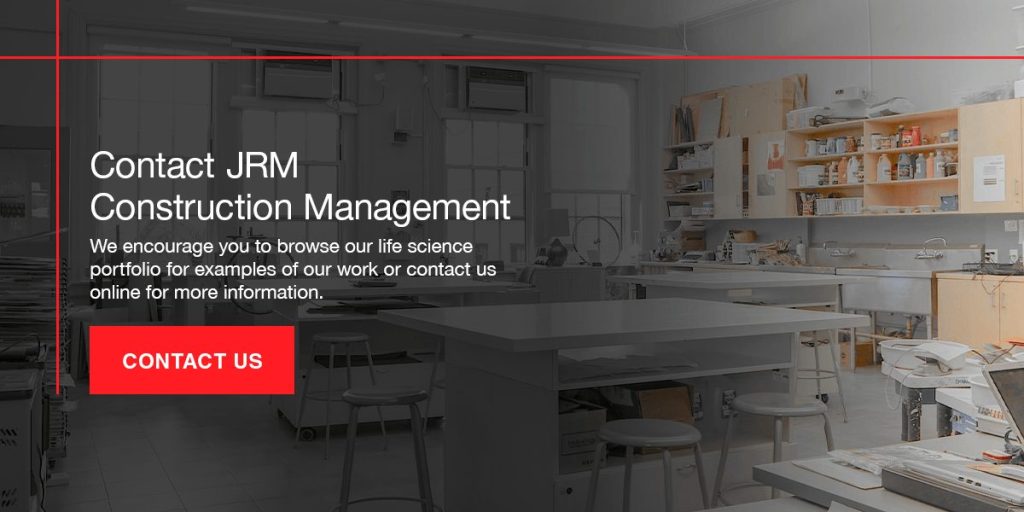5 Considerations for Life Science Construction

04/26/2024
The life science industry’s growth solidifies the need for conversions and new construction. Construction contractors have an opportunity to drive revenue through the efficient development of effective life science facilities. Adding the following considerations to your life science construction checklist enhances design and construction processes.
1. Infrastructural Requirements
A life science building’s infrastructure must support the procedures that the tenant will conduct. Electricity, water and natural gas are all essential. The building’s design must facilitate sufficient utility delivery to the rooms that need them. There may also be the need for specialized HVAC systems for clean rooms, dry labs, current Good Manufacturing Practice facilities and other rooms that host delicate scientific procedures. These buildings often require an infrastructural design that supports mechanical separation.
2. Vibrational Criteria
Sufficient resistance to vibrations from wind, nearby traffic, earthquakes and activity inside the building is among the most essential life science building requirements. Vibrations can impact the precision and accuracy of the procedures happening inside the building. Designers and builders can implement various dampening and isolation techniques that absorb and disperse the energy from vibrations.
3. Workflow and Productivity Requirements
The building’s design can influence the tenant’s workflow and productivity. For instance, the design can create a natural progression between steps of a testing or manufacturing process. Streamlining scientific processes through intuitive design and construction allows the tenant to maximize efficiency while maintaining accuracy. Besides designing for scientific processes, including additional spaces like break rooms, kitchens, cafeterias and office spaces improves employee comfort and productivity.
4. Health and Safety Features
Life science processes often involve dangerous chemicals and hazardous conditions. The health and safety of employees and the surrounding environment are important considerations during design and construction. Selective air filtration is a common requirement for protecting personnel and products. Hazard isolation is also essential to safeguard the outside environment. Additional health and safety elements for life science facilities include dedicated spaces for chemical storage, fireproof structures, chemical showers and emergency exits.
5. Scalability
Expansion may be in the tenant’s future as the life science industry grows. Life science companies and construction contractors should consider scalability during site selection and design. Choosing a spacious land parcel and incorporating modular design elements can facilitate upward and outward expansion. It’s also important to consider the nearby area prior to life science building construction. Tenants benefit from choosing land parcels in communities with infrastructure capable of accommodating a large and growing business in the life science industry.
Contact JRM Construction Management
JRM Construction Management has extensive experience developing buildings for the life science industry. We encourage you to browse our life science portfolio for examples of our work or contact us online for more information.



)